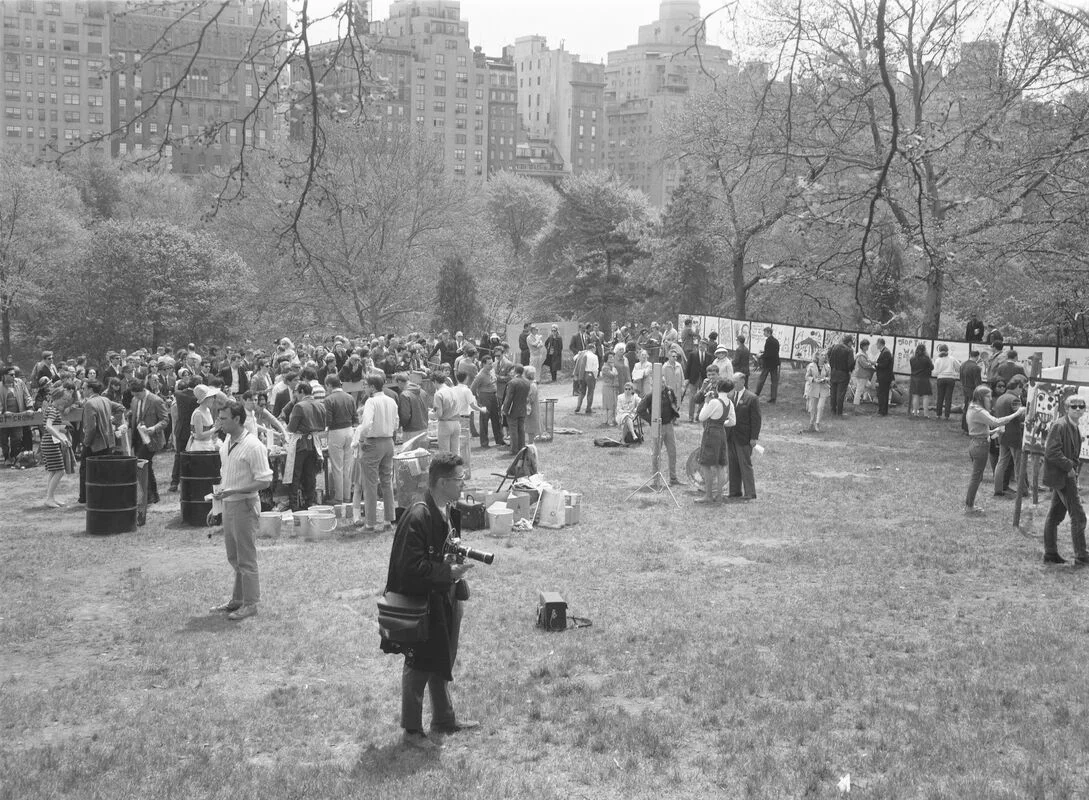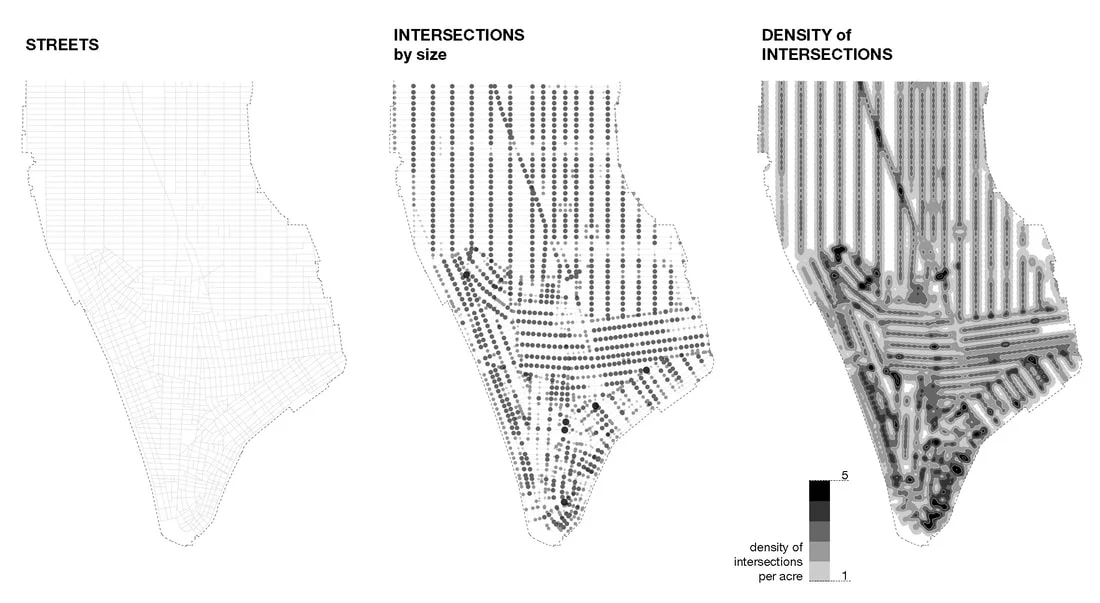Myth #10: Example of Laissez-Faire Planning
By Gergely Baics & Leah Meisterlin
Not until 1916 did New York City acquire its comprehensive zoning resolution, the first in the nation. Through the 19th Century, the city’s land-use restrictions comprised a patchwork of fragmented and locally scaled public and private regulatory interventions, including nuisance laws, fire zones, building codes, and deed restrictions in the form of restrictive covenants. Although with this patchwork of caveats, it is fair to describe this early land-use regime as largely unregulated, at least by our contemporary standards.
Read More








